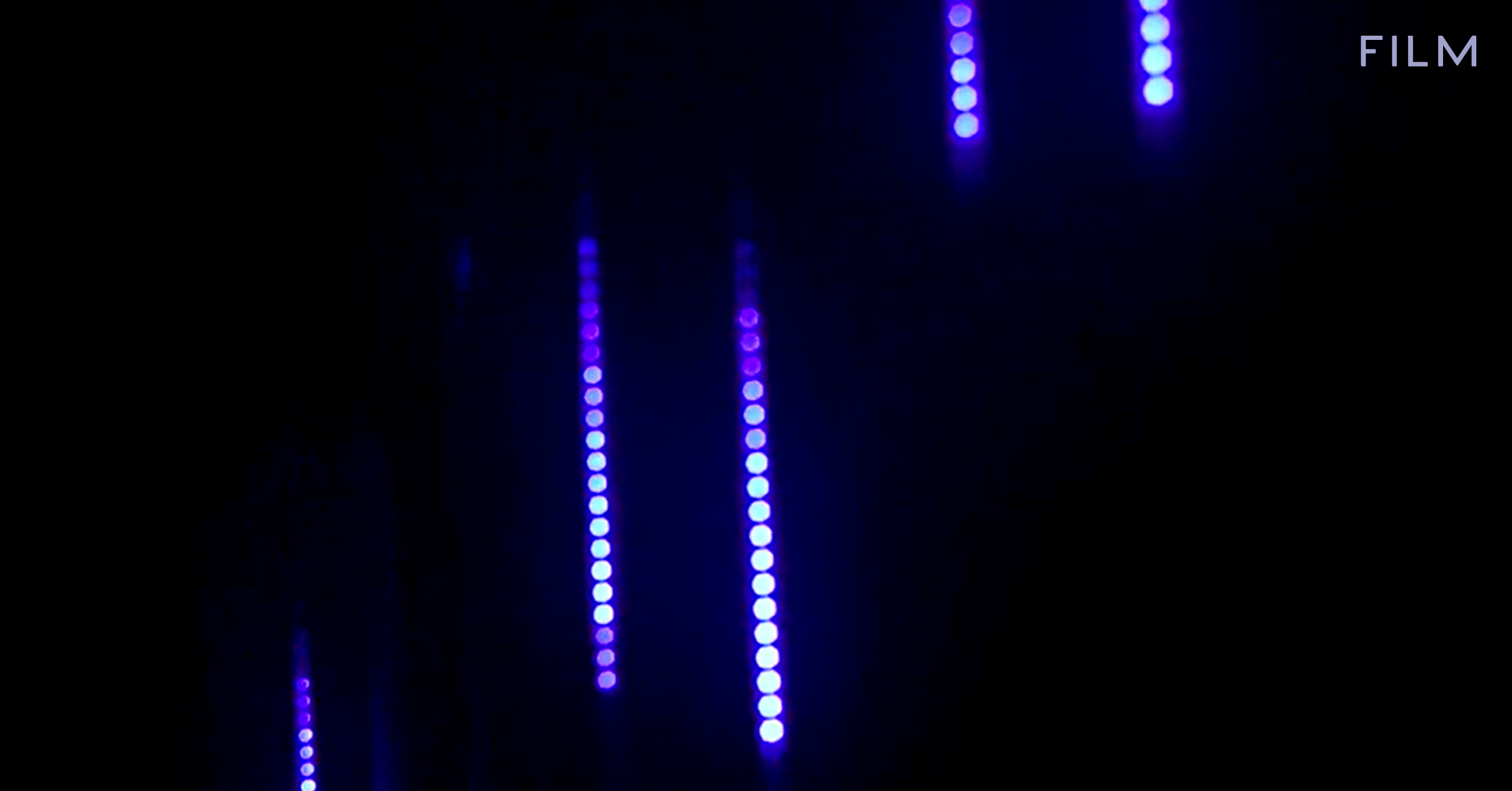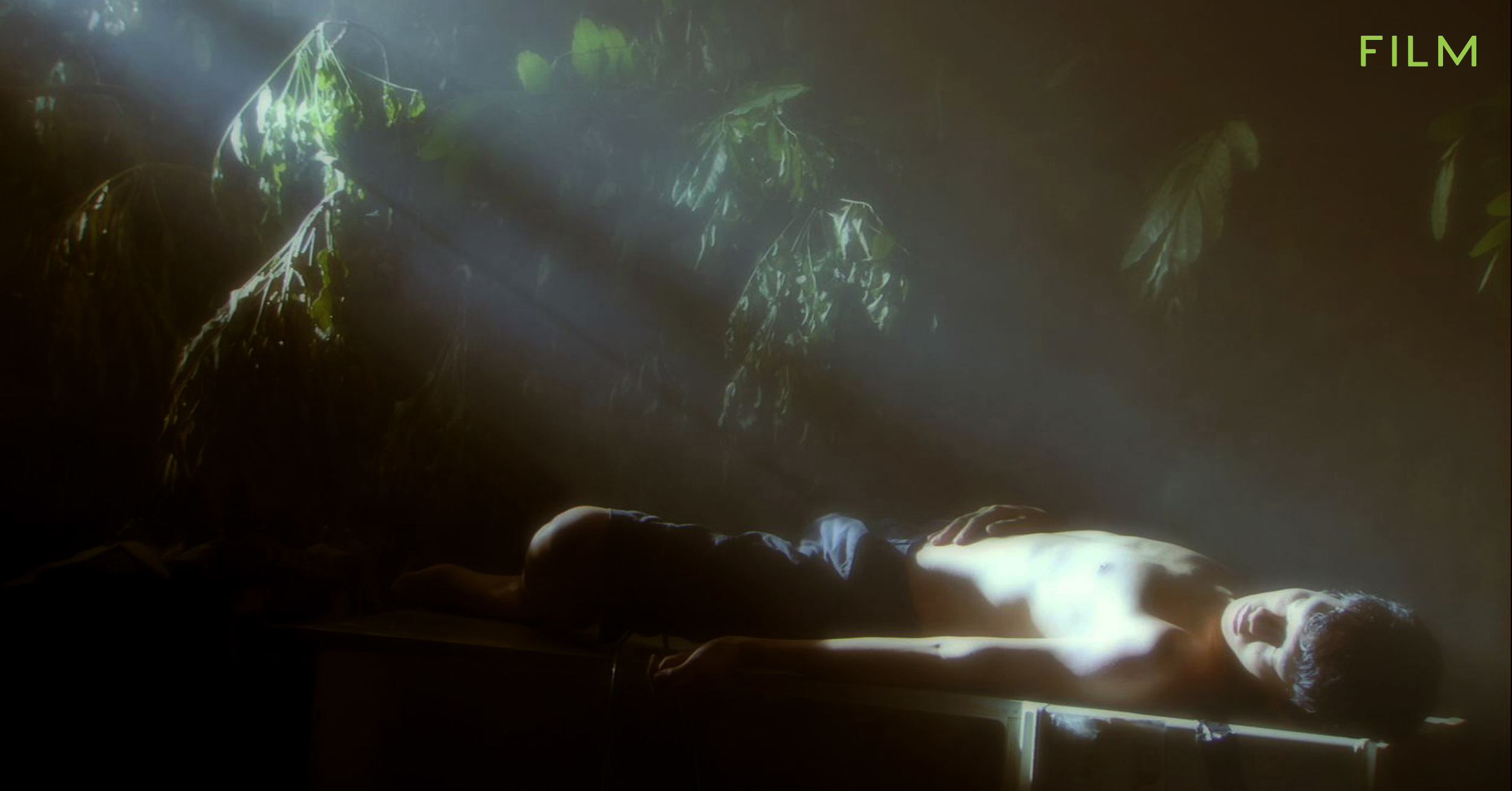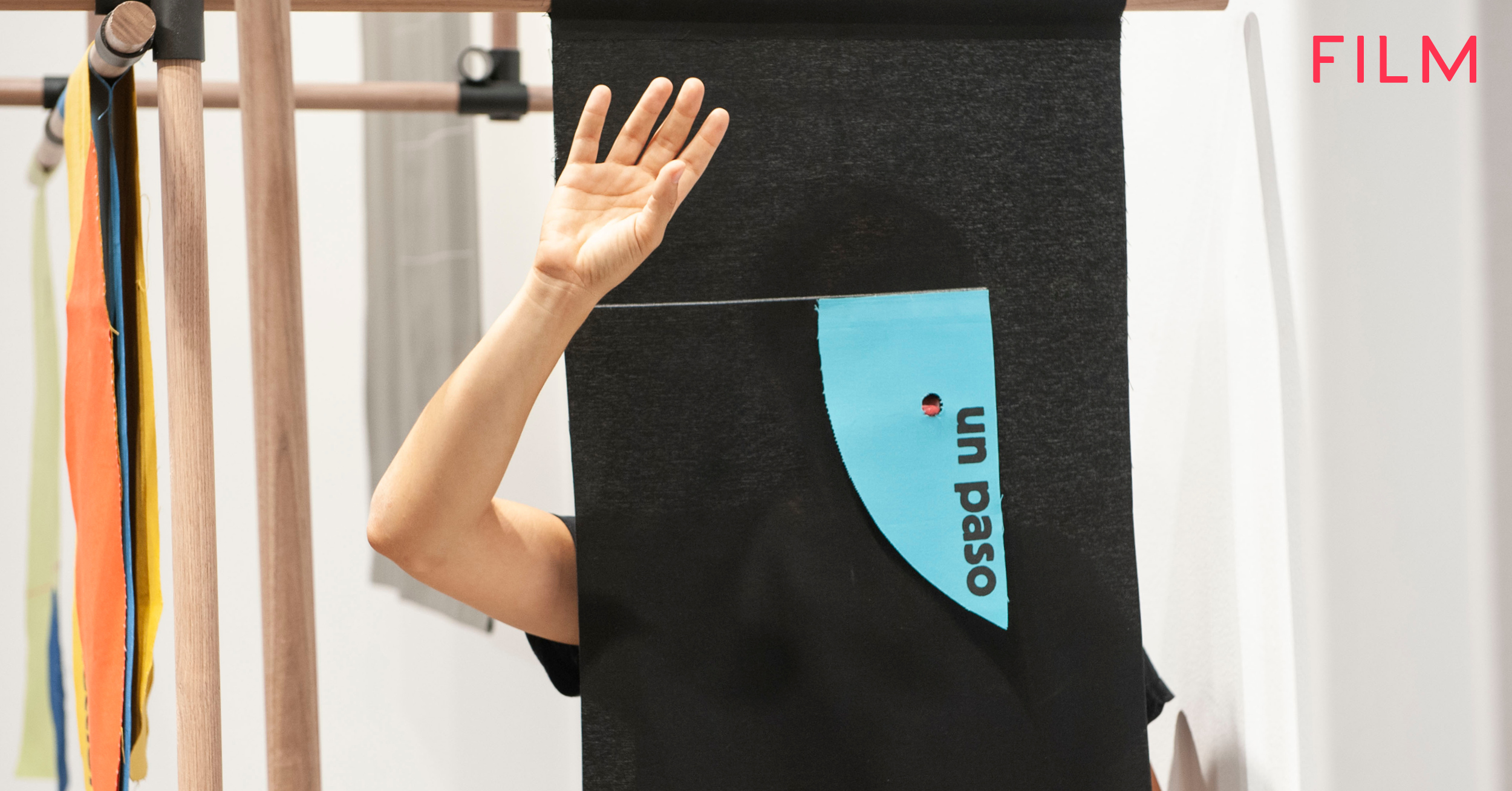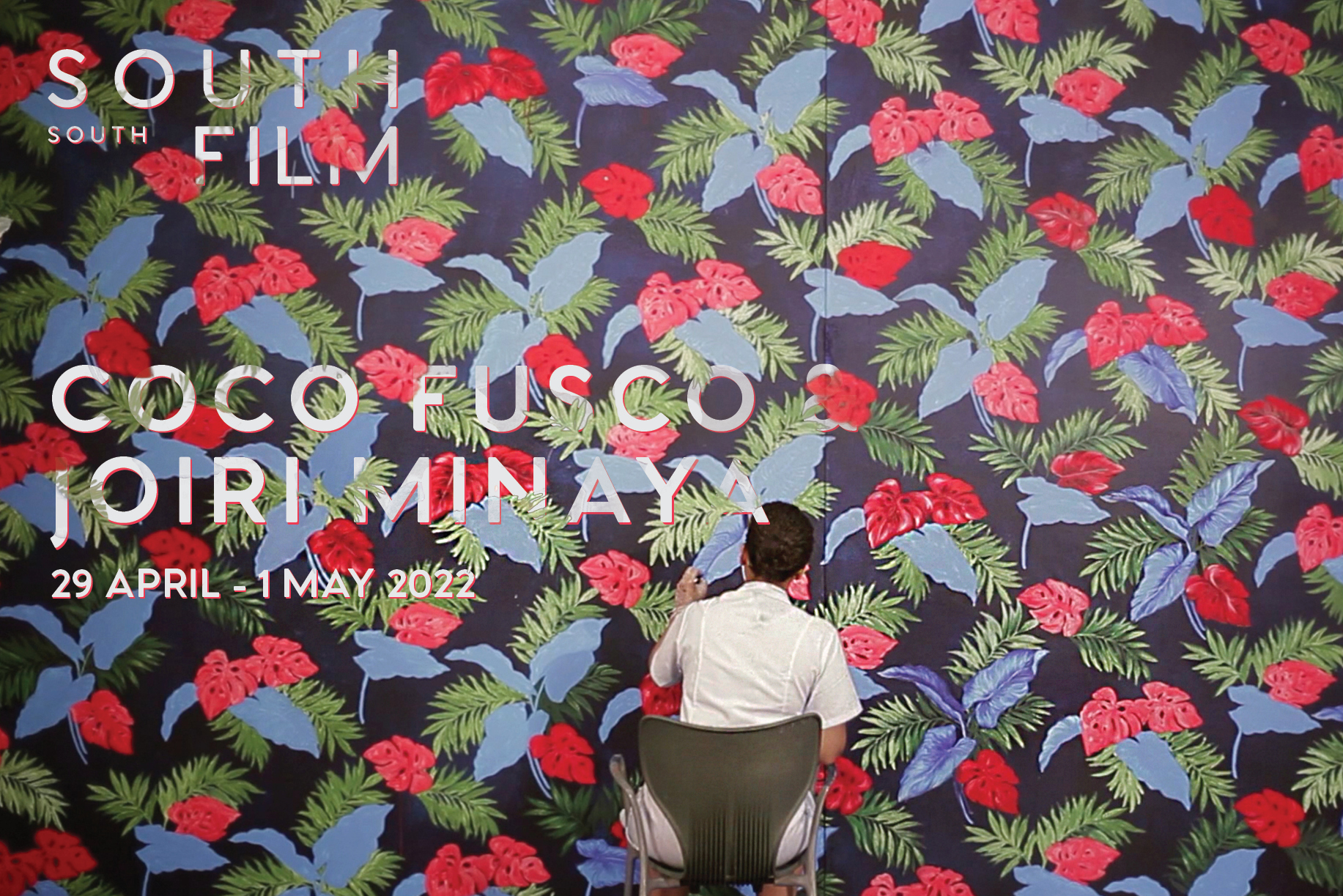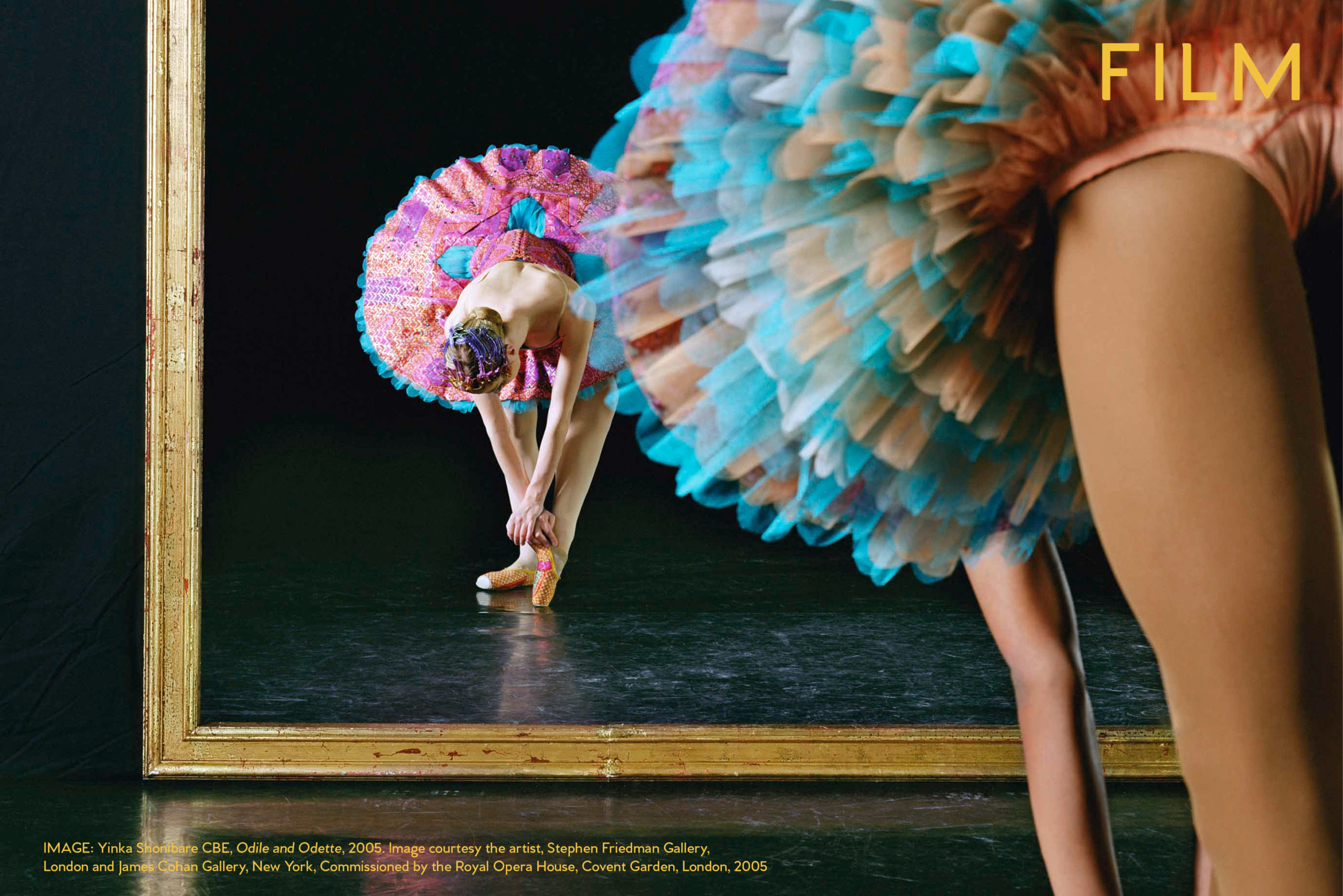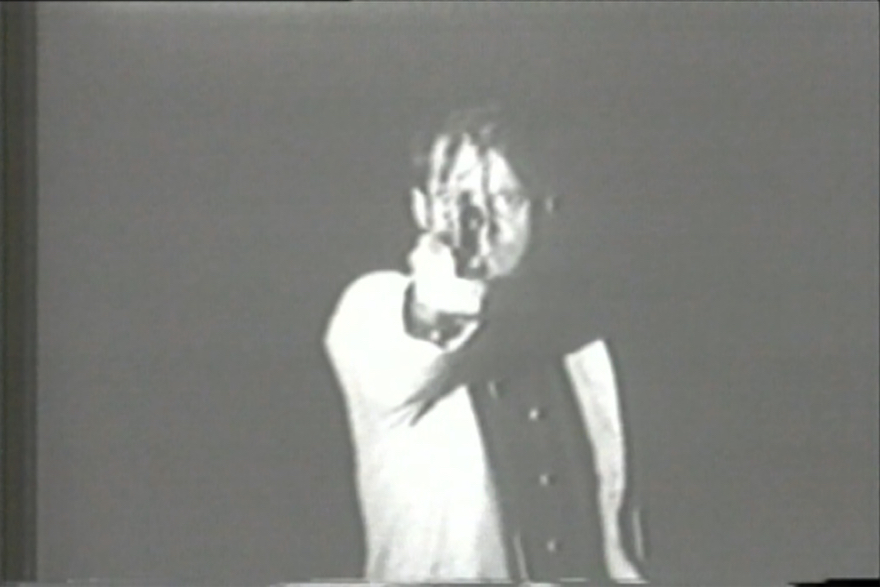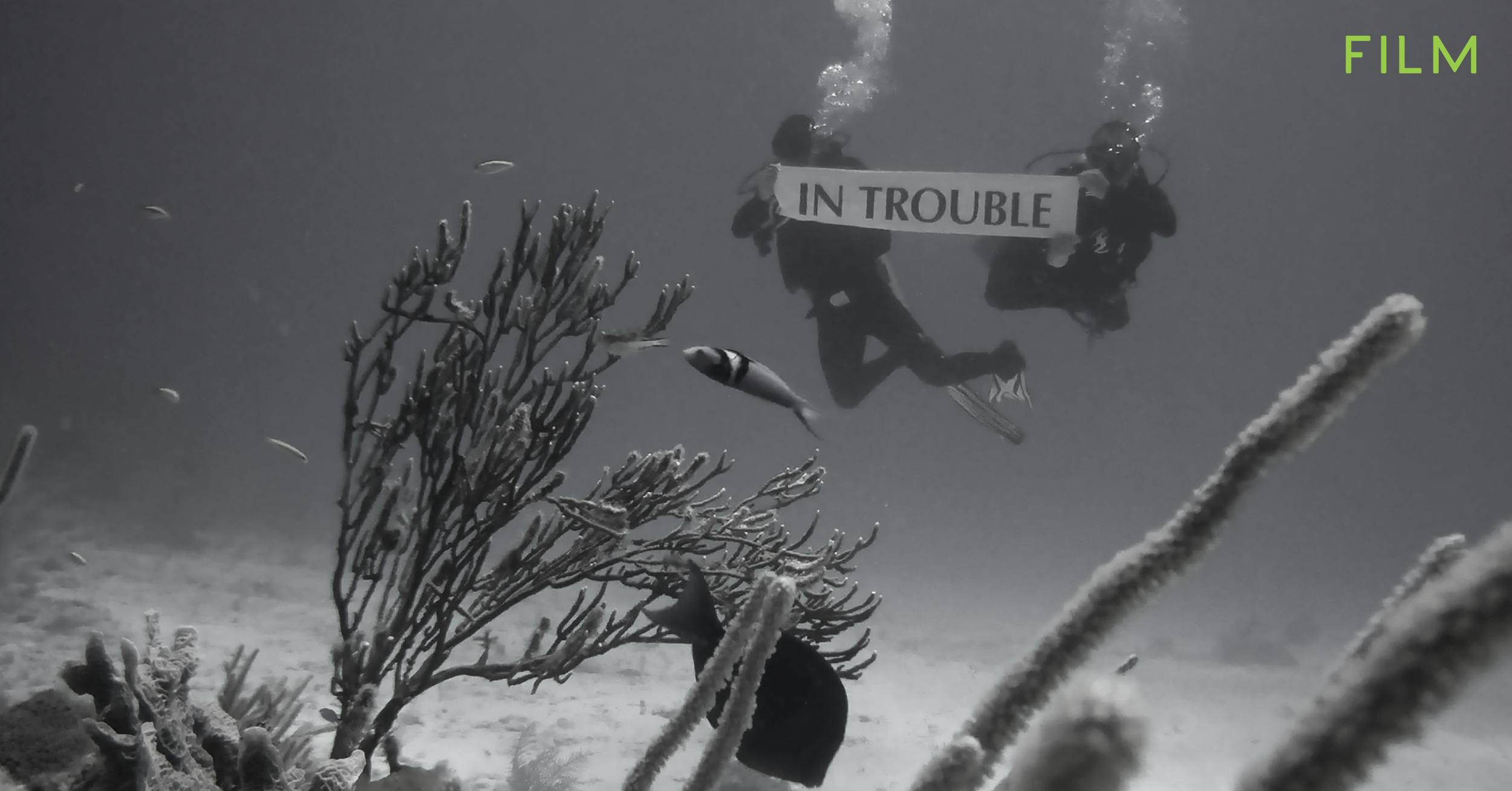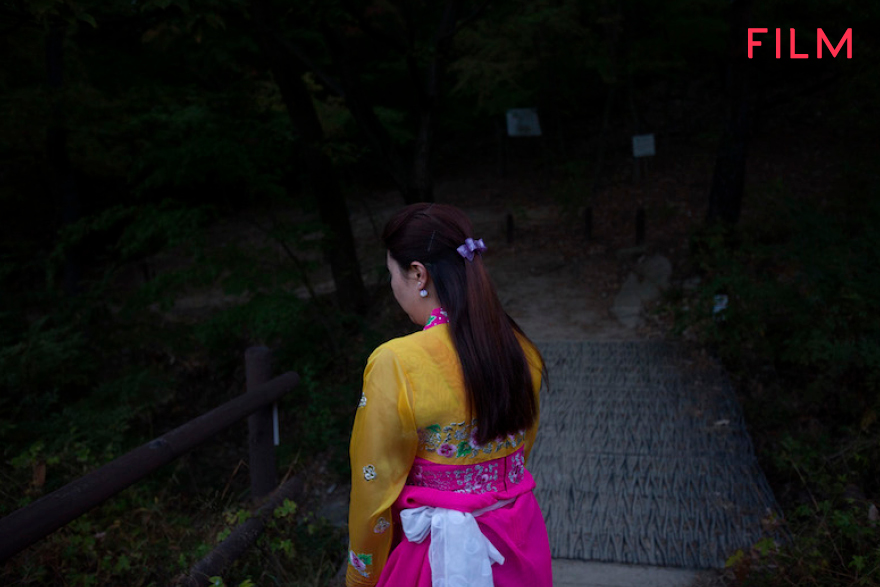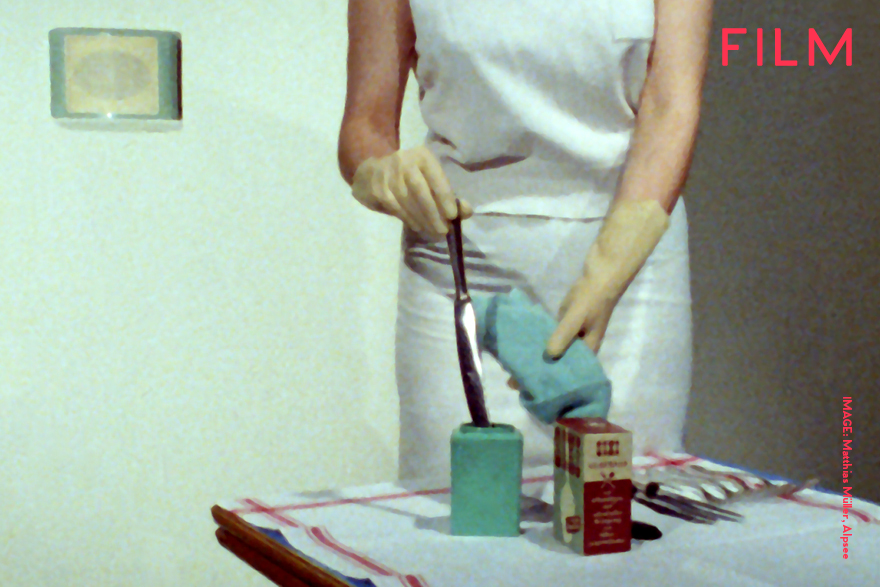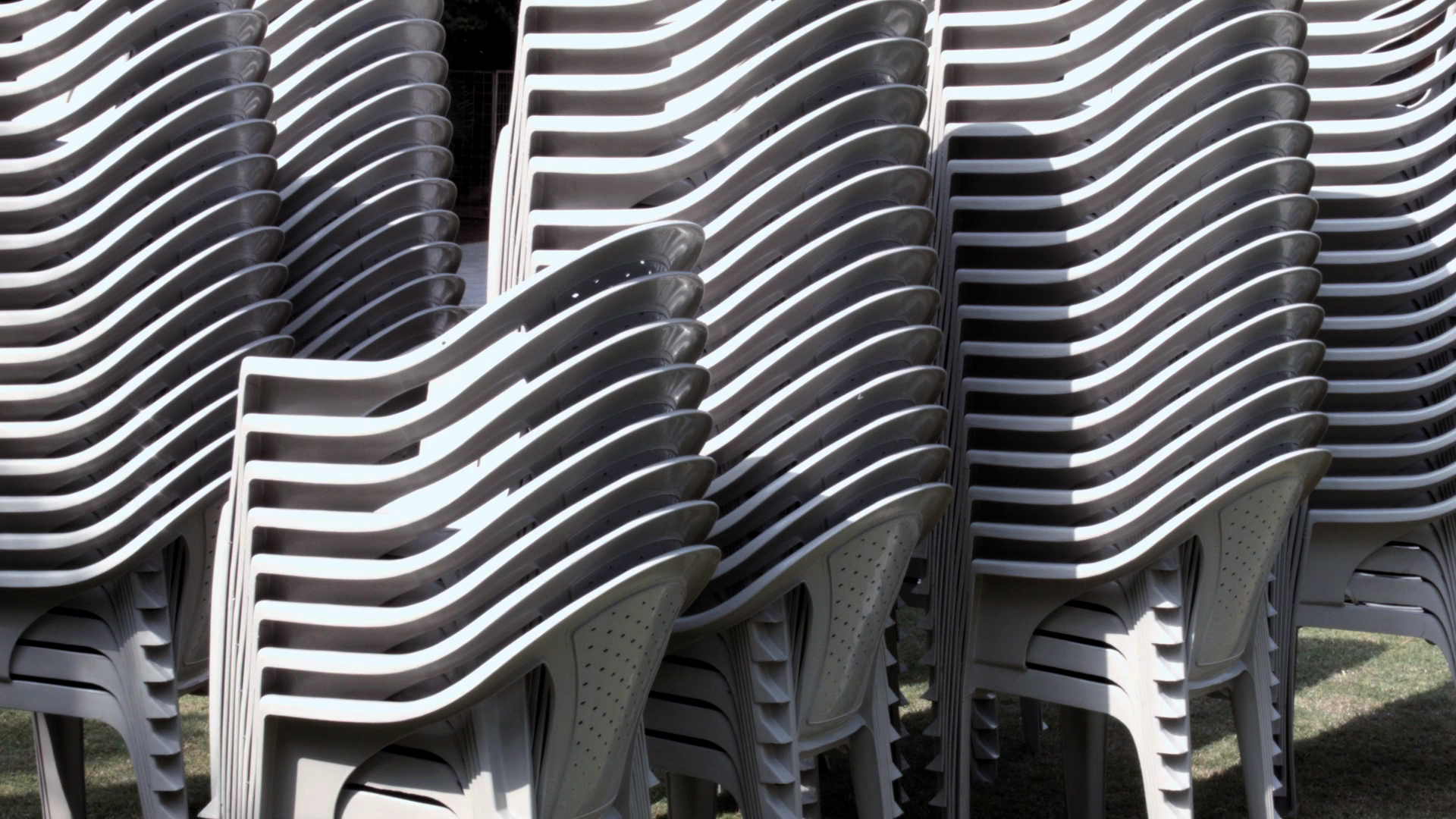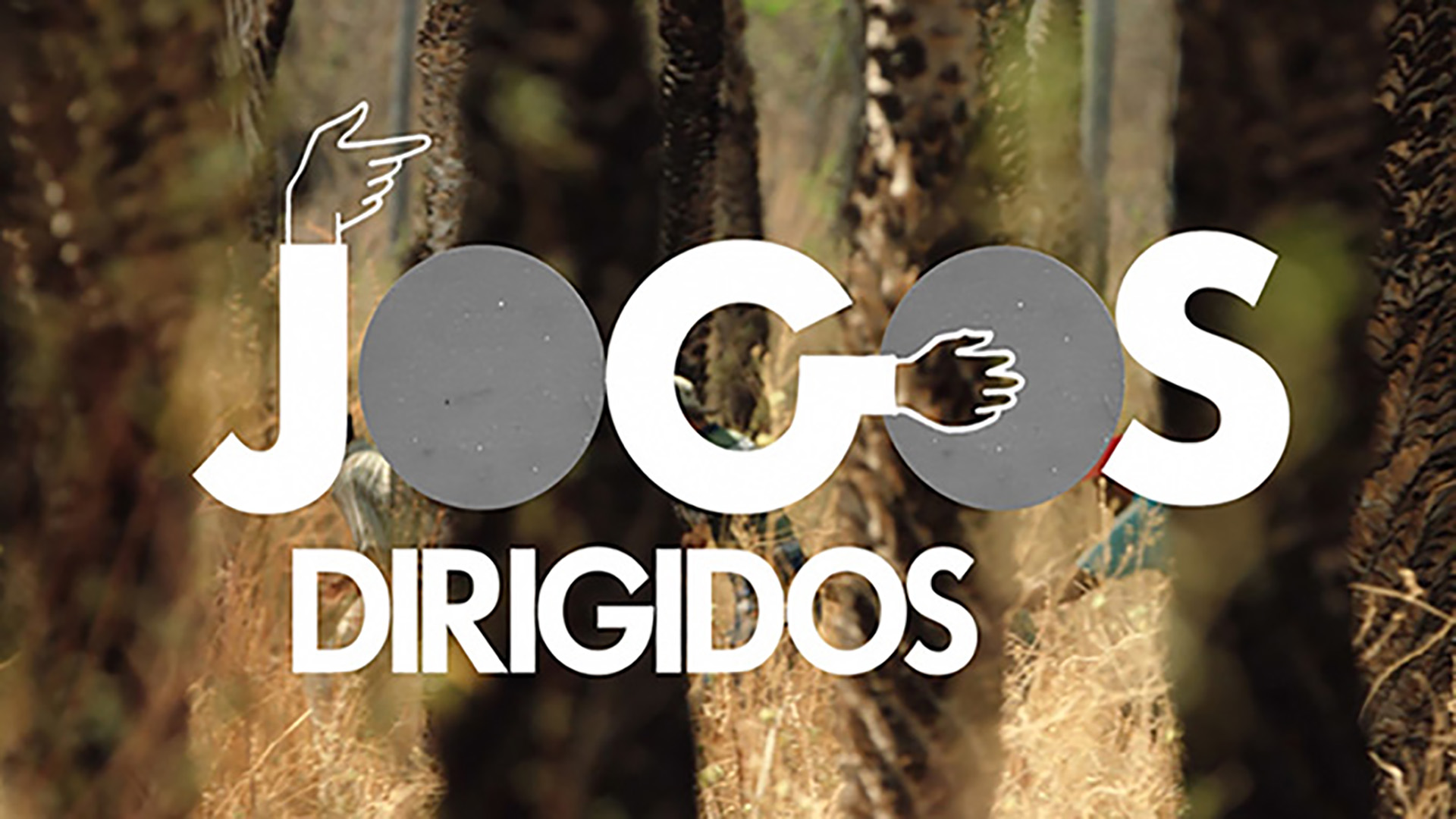SOUTH SOUTH FILM
The Real DMZ Project
27 – 29 August, 2021
Films will launch consecutively starting Friday 27 August at 8am GMT. All films will remain active until Monday 30 August 8am GMT.
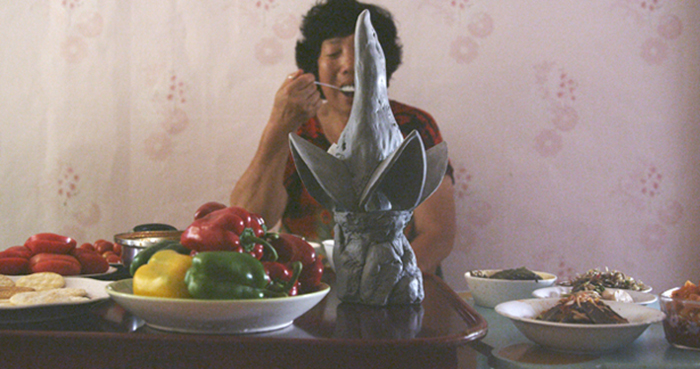
Opening 27 August 2021
Adrián Villar Rojas
El momento más hermoso de la guerra (The Most Beautiful Moment of War), 2017
55 min 31 sec
In 2014 Argentine artist Adrián Villar Rojas was invited by SAMUSO: Space for Contemporary Art to participate in the Real DMZ Project. The artist asked to spend one month with his team in Yangji-ri, a small village in the buffer zone of the DMZ, where he proposed to develop and document a series of activities to trigger a state of fiction involving the entire village and its neighbors.
Read More
The work also involves a metalanguage reference to a previous project—The Work of the Ocean, 2014—where Villar Rojas built a fake real-scale home within a classic white-wall museum space and decorated it with miniature replicas of pieces he had presented in dOCUMENTA (13). On this occasion the artist made gurines of sculptures presented in his installation of the Argentine Pavilion at the 54th Venice Biennial, and set them amongst the miscellaneous decorations and accoutrements of his hosts’ living-rooms. Gifted to the villagers in gratitude for their hospitality, these pieces, the monumental originals of which have long since disappeared, live nevertheless on quiet shelves, tables and cupboards in Yangji-ri. The outcome of this experience was a feature-length film, The Most Beautiful Moment of War, which premiered in the 69th Berlinale in 2017. Villar Rojas’s double purpose of making a documentary and a theatre play- film-hybrid fiction becomes clear in the final credits: listing the entire Yangji-ri population, which also serves as the first census in the village history. The frequent communication and visits to the village of Yangji-ri following Villar Rojas’s 2014 residence led to the formation of a new work when the house of an advanced-age villager became available for sale, and the property was acquired at the artist’s request for him to develop an eternal project. The building, whose architecture dates to the formation of the village, was cleaned and the artist made a peculiar restoration using collected local materials, from Perilla leaves to cover the damaged zones on the wallpaper, to insects, plastics, and plants to compose mutant objects. A selection of its former inhabitants’ belongings was also preserved there to never be touched: a museum-house. Similarly, never-ending experiences by Villar Rojas are taking place in the Guggenheim Museum of New York and in a cenote—a natural sinkhole—at the Yucatan Peninsula in Mexico.
An exploration going far beyond Villar Rojas’s lifespan thus started in 2016. A work preserving for all time some details of its former dweller—and through that man, of Yangji-ri neighbors’, and through them, of the entire humanity’s—daily existence seems to be humbly aspiring to eternity. But this will not be all. New layers of unknown events are waiting for this house in ten, a hundred, perhaps a thousand years.
Read Less
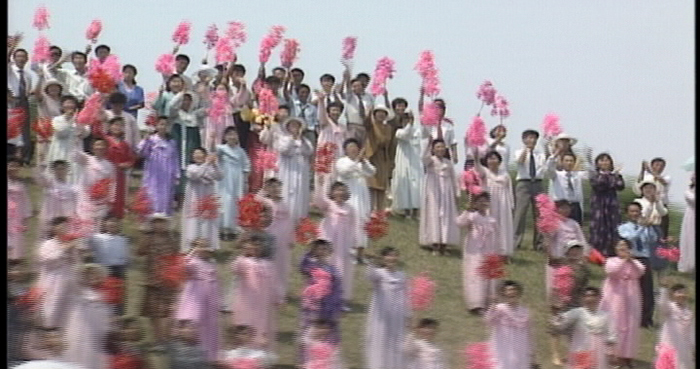
Opening 27 August 2021
Park Chan-kyong
Flying, 2005
13 min
In June 2000, after the Korean War, the first North-South summit took place. The film is edited from the TV sources recording the flights via Pyongyang, the airport and the streets of Pyongyang.
Read More
Read Less
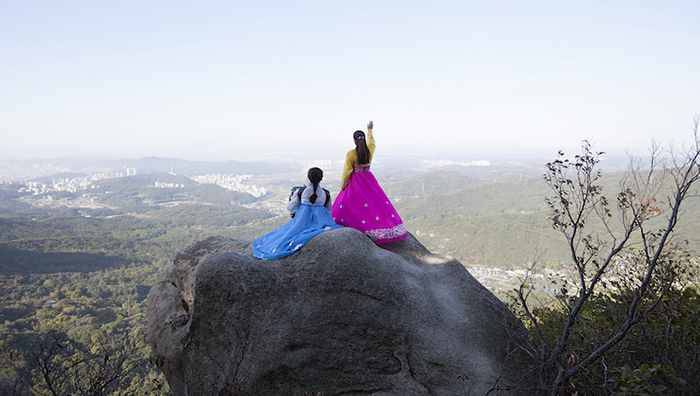
Opening 27 August 2021
IM Heung-soon
Bukhansan, 2015
26 min
This work starts from the song ‘Unsendable letter’, which is found on the first album of Kim Bok-ju, a woman who defected from North Korea and works as singer in South Korea. In ‘Unsendable letter’ (words and music by Kim Bok-ju) she expresses mixed feelings about hometown, her parents, divided country while looking at North on near Imjin River.
Read More
IM Heung-soon (South Korea, 1969) is an artist and filmmaker based in Seoul and Jeju Island. Starting with his early works on his working-class family, he has expanded his art world by exploring the lives of people who are marginalized in social, political, capitalist, and national contexts. His political yet emotional works are embodied through different visual mediums such as photography, installations, public art, community art, and films. He has directed several feature films including Jeju Prayer (2012), Factory Complex (2014), Ryeohaeng (2016), Exchange Diary (2015~2018, MOMOSE Aya and IM Heung-soon), Things that Do Us Part (2019), and Good Light, Good Air (2020). His works have recently been exhibited at Sharjah Biennale (2015), MoMA PS1, New York (2015), The National Art Centre, Tokyo (2015), Tate Modern, London (2015), Lincoln Center, New York (2016), Centre Pompidou, Paris (2016), the Taipei Biennale (2016), the Puchon International Fantastic Film Festival (2017), the Busan International Film Festival (2017), the HKW, Berlin (2017), and the Carnegie International, Pittsburgh (2018). Factory Complex was awarded the Silver Lion at the 56th Venice Biennale (2015).
Along with producer Kim Min‐kyung, Heung-soon is co‐founder of film production company, BANDAL Doc.
Read Less

Opening 27 August 2021
Sojung Jun
Early Arrival of Future, 2015
10 min
Early Arrival of Future (2015) is a record of a project by Sojung Jun inviting North Korean defector and pianist Kim Cheol Woong, and South Korean pianist Uhm Eun Kyung, to complete a music together through a process of meeting, having conversations, and reach a consensus.
Read More
Read Less
ABOUT THE ARTISTS
Adrián Villar Rojas
Adrián Villar Rojas was born in Rosario, Argentina in 1980. He lives and works nomadically. Villar Rojas is best known for his large-scale, site-specific sculptural installations. Within his work there is often a sense of crumbling humanity; a futuristic culture come and gone. Villar Rojas’ works combine the daunting scale of conventional public sculptures with an unstable fragility, reminding his viewers of the ephemerality of even the most imposing structures. His work demonstrates its own temporality, offering—at the risk of its own oblivion—a representation of the transitory nature of all things.
Park Chan-Kyong
Park Chan-Kyong (b. 1965) is a media artist, film director and writer based in Seoul. His work examines Korean society, framing the rapid socioeconomic development of the past century while chronicling the often reckless pursuit of Western modernization and economic growth, through subjects including the Cold War and traditional Korean religions. His techniques include incorporating traditional “shanshu” (landscape) scroll paintings into his videography, utilizing a panoramic structure as a way of integrating ancient art forms into modern methods. Park’s work questions how we perceive ordinarily unscrutinized perceptions. For example, in Child Soldier (2017-2018), he aims to broaden our understanding of North Korean culture, from more than justs a strict ideology filled with robot-like citizens, to ordinary, lazy and innocent people. In Park’s work, nothing is accepted and everything is subject to interpretation; the only thing that remains objective is the subversiveness itself.
IM Heung-soon
IM Heung-soon (South Korea, 1969) is an artist and filmmaker based in Seoul and Jeju Island. Starting with his early works on his working-class family, he has expanded his art world by exploring the lives of people who are marginalized in social, political, capitalist, and national contexts. His political yet emotional works are embodied through different visual mediums such as photography, installations, public art, community art, and films.
Sojung Jun
Sojung Jun is an artist based in Seoul, South Korea. She has received her BFA in Sculpture from Seoul National University and MFA in Media Art from the Graduate School of Communication & Art at Yonsei University. Using the language of video and writing, the artist is interested in creating a nonlinear space-time to awake a new awareness on history and the present or in how the changes made in physical boundaries penetrates daily sensorial experiences. In particular, she has produced works that weave and crisscross with her personal experiences by paying attention to people stand on the boundary amid the ruins of modernity and invisible voices. She has newly established what she has fragmented through interviews, historical materials and narratives appropriated from classical texts, and carries out experiments of intersecting personal, psychological and aesthetic factors with political ones in life.
THE REAL DMZ PROJECT
The Real DMZ Project is a contemporary art project based on research conducted on the DMZ (Demilitarized Zone) in South Korea and its border area. Having begun with a critical perspective on the ironies that surround the Demilitarized Zone, the project has extended its parameters by experimenting not only with new productions and exhibitions but also via dialogue and discussions within the field of the humanities and social sciences. The long-term vision of the Real DMZ Project is to create a platform that not only supports a variety of research methods and exhibition formats, but also ensures that the results are made accessible in an open archive. You can learn more about the project here: http://www.realdmz.org

